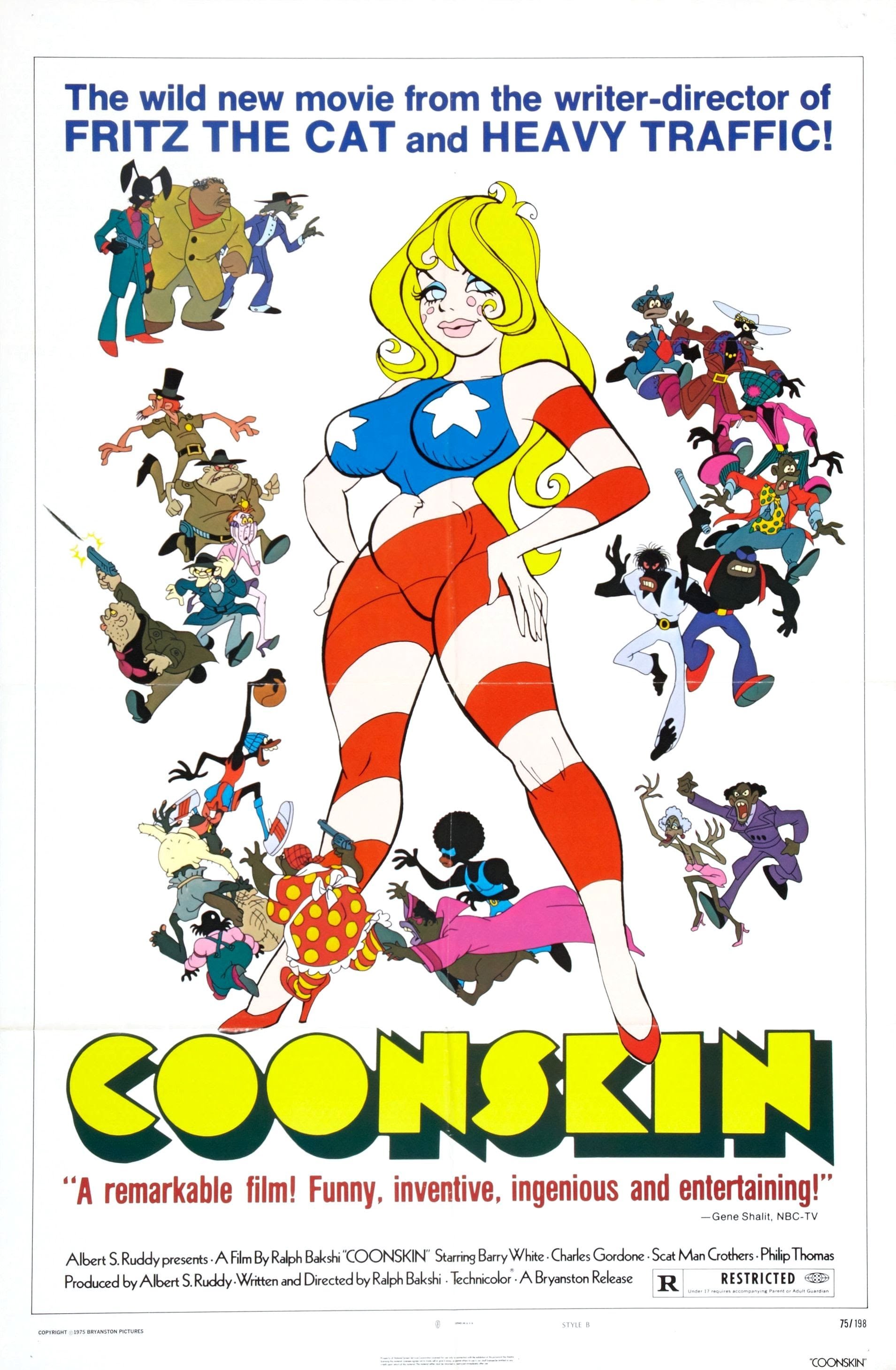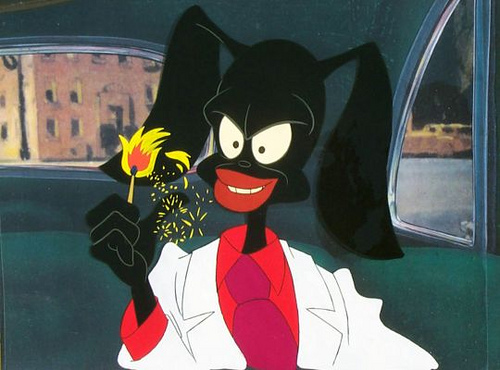
Yellow Submarine is such a brilliantly fun movie experience and so perfectly in the Beatles’ mass culture, mind-evolving spirit that it takes an effort to recall that the Beatles themselves didn’t really have very much to do with it. It says a lot, perhaps, about the strength of the Beatles brand at that time that Yellow Submarine could work so splendidly, even with most of the artists involved being forced to intuit what jokes and artworks constituted an acceptably “Beatles” and “fun” sort of thing. Not much doubt that they succeeded, eh?
The man in charge of the operation was a Czechoslovak-born German named Heinz Edelmann, an artist with a wide portfolio who seems to have become somewhat chagrined at always being thought of as the “Yellow Submarine guy”—that is, unless Peter Max (who was never involved with the movie in any way) was being called the “Yellow Submarine guy” in his stead!

Heinz Edelmann
In 1993 Edelmann consented to appear on Baltimore’s Best 21st Century Radio hosted by Bob Hieronimus, a fervent admirer of the movie.
Edelmann explained that he was contacted for the Yellow Submarine project by Charlie Jenkins, the art director in charge of the special effects who was responsible for the glorious “Eleanor Rigby” section of the movie, among other sequences. He also pointed out that Yellow Submarine did not represent the first attempt to “do” the Beatles in animation. Starting in 1965 there were also the series of short cartoons that made up the Beatles TV series. and in fact the producer and director of Yellow Submarine, Al Brodax and George Dunning, had also worked on the more rudimentary television shorts.
Things were moving so fast, Edelmann pointed out, that when the TV series was being made, the Beatles were primarily thought of as a Liverpool phenomenon, with the plots staying more or less true to that, but by 1968, when Yellow Submarine was released, that was no longer the case, they belonged to the world, and the tone had to be more universal.
That may explain one of the more intriguing false pathways the movie might have gone down—but didn’t. According to Edelmann, as hard as it seems for such a thing to be possible, the original conception of Yellow Submarine hewed to a Cold War framework. And it actually might have stayed a Cold War allegory—but someone ran out of red paint. Here’s Edelmann:
The point, I think was, what I thought the one meaningful thing about it all was, in ‘68 this was more or less the end of the Cold War. Even in the Bond movies they gave up the KGB as the enemy and turned to self-employed villains. So, one had in ‘67, one had the feeling that (a.) the Cold War’s over, that Russia is changing. But also our world is changing with new values to which, with a new vision of the world in which the Beatles played an important part. So, the Meanies, in a way to me, represented a symbolic version of the cold war. And originally they were the Red Meanies.
...
And only because the assistant who came in to do the coloring, she either did not quite understand my instructions, or deliberately did not understand them, but it also could be we didn’t have enough red paint in the place. So they became the Blue Meanies.
Certainly Edelmann’s status as a German, coming from a country that was split in two by the Cold War, half of which was experiencing repression from Moscow, would have had something to do with this—because it’s really rather difficult to derive any Cold War meanings out of the Beatles’ own lyrics, which tended to focus on a specific story or else espoused an adherence to universal values. Obviously a message like “All You Need Is Love” was in some sense about the Cold War, but—well, suffice it to say that the choice to make the movie more about intolerant conservatives and power-hungry buzzkills of all stripes was surely a wise one.
More after the jump…
Posted by Martin Schneider
|
07.13.2016
08:32 am
|





























